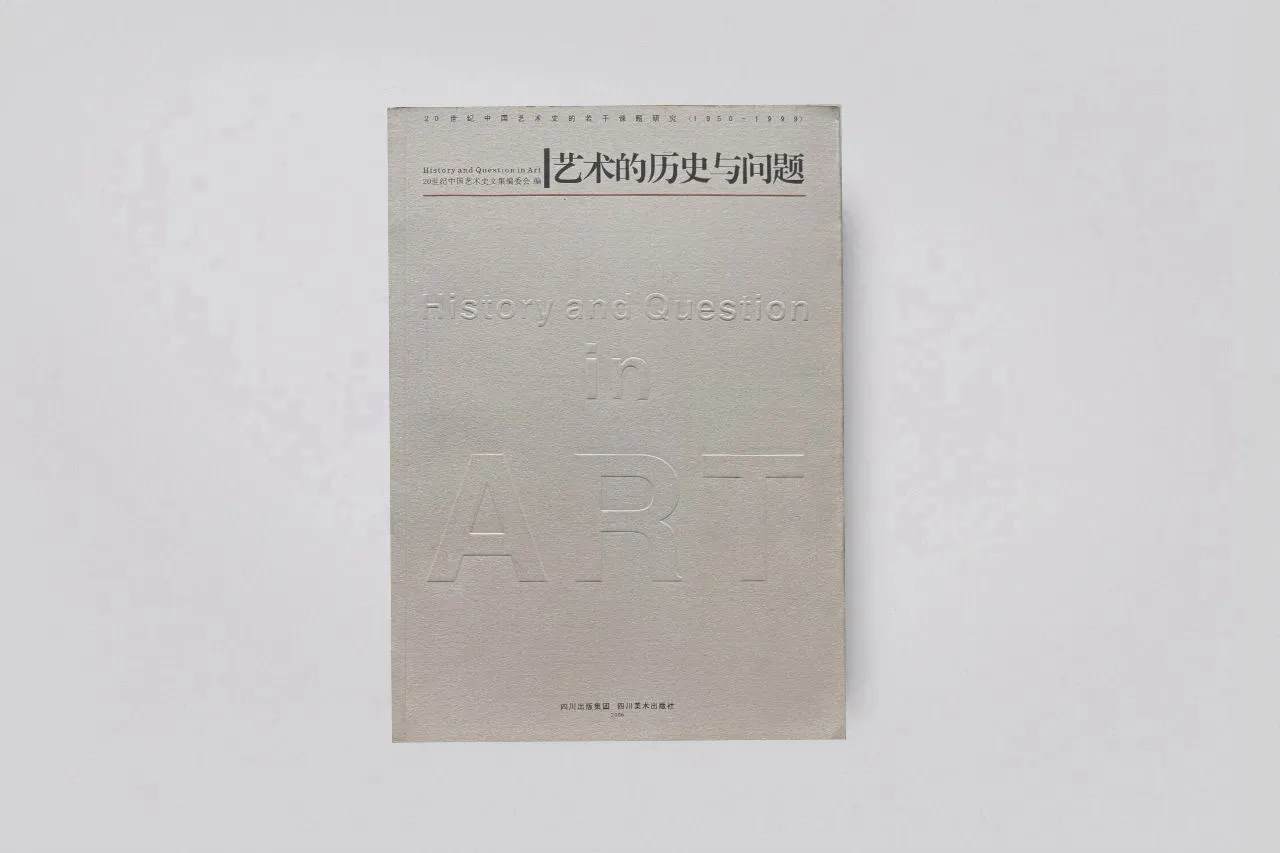
Over the years, the study of art theory and art history has become a fundamental component of teaching and research in various art institutions. However, if we limit our focus to the "origins of art" in the 20th century, we find that, even today, there is no comprehensive historical work that traces the transformations of Chinese art over this one hundred-year period. A great number of artist biographies (including biographies, research articles), studies of specific periods or topics, and bibliographic resources continue to be published. However, due to the political and ideological circumstances of the past, we still lack an overarching history of the art of this century. It is clear to anyone that despite the existence of extensive works covering the history from the Opium War in 1840 to the so-called era of globalization in 1999, we are still at the beginning stages of our study of art history during this period. There is much foundational work to be done. A crucial part of this process is teaching, or rather guiding students to re-examine this history with their own eyes.
The editing of this anthology is one of the key components of Professor Lü Peng's course on "20th Century Chinese Art History," taught over the span of an academic year. The course required students to choose a question to investigate based on their understanding. As a result, fifty-eight students from the 2003 and 2004 cohorts, over the course of one year, collectively engaged in reflection and research on several important topics within the history of Chinese art over the past century. More importantly, they clearly demonstrated an understanding that the history of the 20th century is inextricably linked to the situation of the late Qing, especially after the year 1840. Thus, they directed their attention not only to the 20th century but also to figures and events prior to 1900, in order to illustrate the true connections of history. While the accumulation of knowledge in the humanities requires time, the talents, diligence, and favorable academic environment provided them with the fundamental ability to analyze and make judgments. Their ability to select topics and think critically has frequently exhibited keen insight and professional awareness. Naturally, based on their own perspectives, they have put forth some ideas that had not been previously raised. Regardless of whether these ideas are mature, I believe they should be encouraged. The freedom of thought is a space that education must provide, as such space nurtures the progress of students.